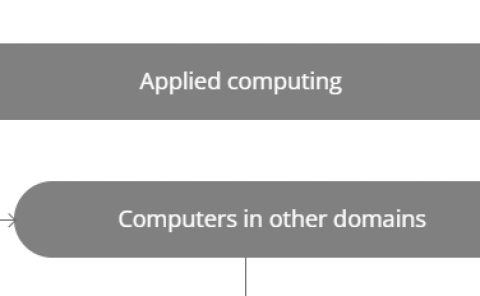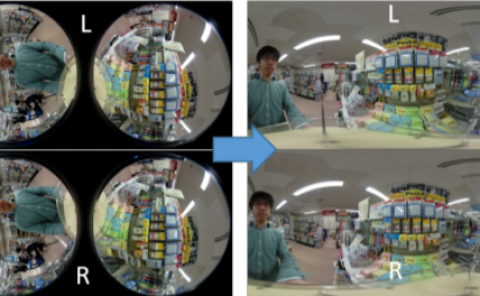Spatial Attention Improves Object Localization: A Biologically Plausible Neuro-Computational Model for Use in Virtual Reality
PubDate: January 2018
Teams: Chemnitz University of Technology
Writers: Amirhossein Jamalian ; Julia Bergelt ; Helge Ülo Dinkelbach ; Fred H. Hamker

Abstract
Visual attention is a smart mechanism performed by the brain to avoid unnecessary processing and to focus on the most relevant part of the visual scene. It can result in a remarkable reduction in the computational complexity of scene understanding. Two major kinds of top-down visual attention signals are spatial and feature-based attention. The former deals with the places in scene which are worth to attend, while the latter is more involved with the basic features of objects e.g. color, intensity, edges. In principle, there are two known sources of generating a spatial attention signal: Frontal Eye Field (FEF) in the prefrontal cortex and Lateral Intraparietal Cortex (LIP) in the parietal cortex. In this paper, first, a combined neuro-computational model of ventral and dorsal stream is introduced and then, it is shown in Virtual Reality (VR) that the spatial attention, provided by LIP, acts as a transsaccadic memory pointer which accelerates object localization.


